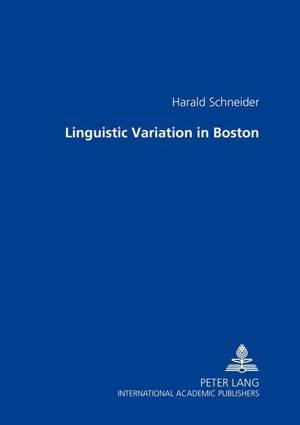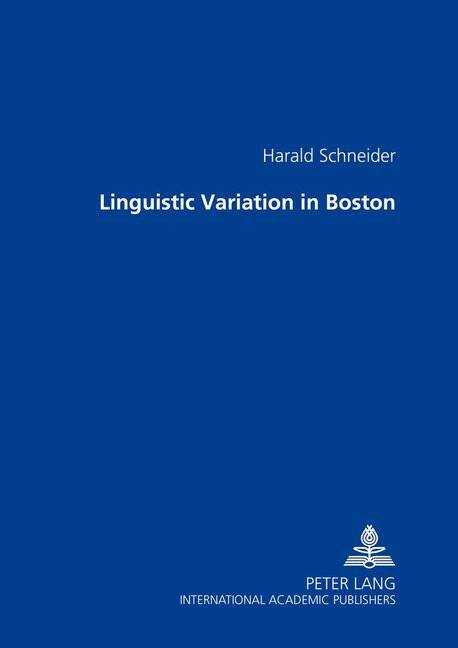
- Afhalen na 1 uur in een winkel met voorraad
- Gratis thuislevering in België vanaf € 30
- Ruim aanbod met 7 miljoen producten
- Afhalen na 1 uur in een winkel met voorraad
- Gratis thuislevering in België vanaf € 30
- Ruim aanbod met 7 miljoen producten
Zoeken
€ 61,95
+ 123 punten
Omschrijving
The present study is a critical survey of dialectological and sociolinguistic studies, and should contribute towards answering the question whether dialect areas such as Boston and Eastern New England are converging or diverging. The study's theoretical framework is based on both Lexical Diffusion and Neogrammarian positions. The pivotal Northern Cities Shift, a prominent and on-going vowel rotation pattern in the United States, the so-called «third dialect area», and «Boston English» are accommodated in the concepts of Lexical Diffusion and Neogrammarian viewpoints. The focal part is an empirical study investigating salient Bostonianisms (the short /a/, the short /o/, and the postvocalic /r/). Apart from theoretical considerations, the steps to run the VARBRUL program are explained and commented upon. Finally, the results of the study are discussed as they relate to social, regional and ethnic variations in North America.
Specificaties
Betrokkenen
- Auteur(s):
- Uitgeverij:
Inhoud
- Aantal bladzijden:
- 222
- Taal:
- Engels
Eigenschappen
- Productcode (EAN):
- 9783631508671
- Verschijningsdatum:
- 9/09/2003
- Uitvoering:
- Paperback
- Formaat:
- Trade paperback (VS)
- Afmetingen:
- 148 mm x 210 mm
- Gewicht:
- 309 g

Alleen bij Standaard Boekhandel
+ 123 punten op je klantenkaart van Standaard Boekhandel
Beoordelingen
We publiceren alleen reviews die voldoen aan de voorwaarden voor reviews. Bekijk onze voorwaarden voor reviews.











